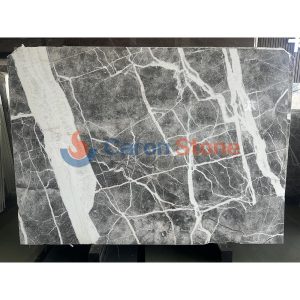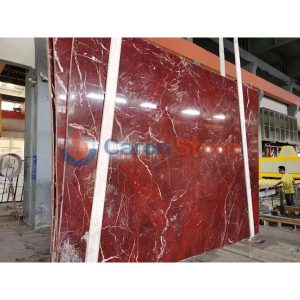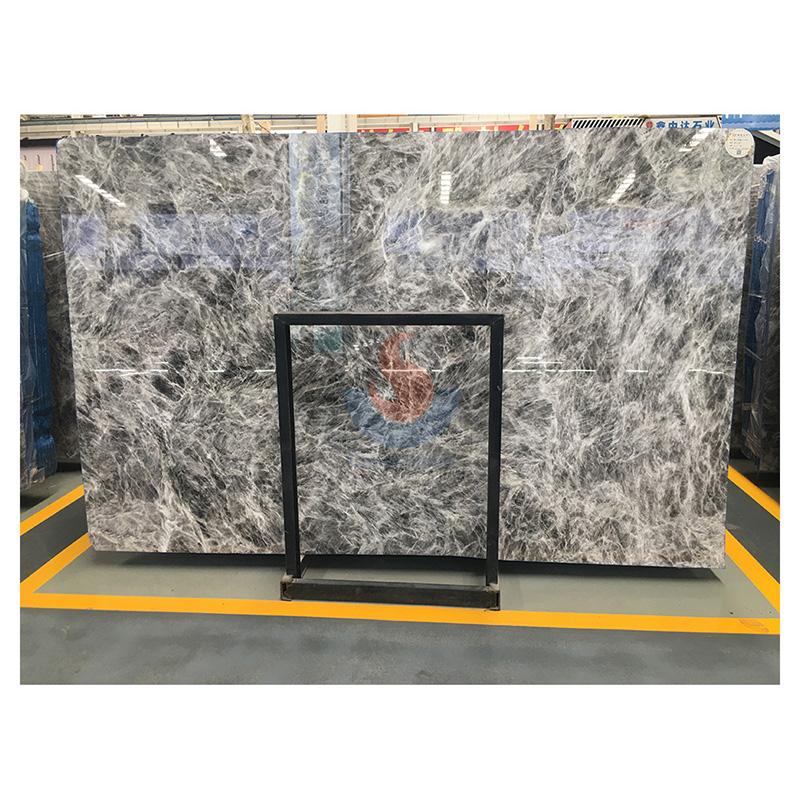Marble has been praised as a precious material for architecture and art since ancient times. Its exquisite form, unusual texture, and smooth surface help it to take a significant place in the realm of architectural decoration. However, with the popularity of the concept of sustainable development around the world, people have raised more and more questions about the environmental impact and eco-friendliness of marble. Is marble really a sustainable building material? Regarding resource management and environmental protection, can it be compatible with the demand for green environmental protection in contemporary society? Let us thoroughly investigate Marble’s eco-friendliness and sustainability.

Chinese Marble Carso Grey Skyfall
Marble mining and resource usage
First of all, the conversation of the sustainability of marble is inseparable with the knowledge of its mining technique. Marble is a natural stone, hence mining of it usually entails large-scale activities. Along with a lot of energy use and the damage of the natural landscape by mining, this procedure calls for heavy machinery. Marble is a non-renewable resource within the current time scale even if it is a renewable resource overall as its formation cycle is somewhat protracted.
In addition, the waste, dust and damage to the land generated during the mining process are also environmental issues that cannot be ignored. Some research indicate that up to 70% of waste produced for every ton of marble extracted is usually in the form of powder or crushed stone. Bad handling could contaminate the nearby surroundings.
Transportation and Carbon Footprint
Marble’s sustainability considers its shipping method as well. Marble mines are often located in remote mountainous areas, while the main users are concentrated in urban construction sites or international markets. Marble’s transportation often must to cover great distances, which has a significant carbon footprint. In a globalized market, marble may need to be shipped from production areas such as Italy or Turkey to all parts of the world. Global climate change surely suffers from the fuels utilized and greenhouse gases generated in this process.
Eco-friendliness of marble: use and reuse
In terms of use, the durability of marble is undoubtedly a major advantage of its eco-friendliness. Marble boasts a very long service life among synthetic materials. Without losing its beauty, it can endure decades or perhaps hundreds of years. Marble has been kept in many historical buildings to this day just for this reason; it also lessens the demand for new materials and so indirectly lowers resource usage.
However, on the other hand, the reuse of marble is not easy. Every piece of marble is different because of its natural texture and cutting technique; this makes it challenging to recycle or reuse thrown-away marble during building or demolition. Furthermore restricting its usage in the circular economy is the weight of marble, which also makes the transportation cost of reuse high.
Marble alternative materials and future development
As environmental consciousness has grown, more and more substitute materials have been created to try to replace marble in building and decoration. For example, new materials such as synthetic stone and environmentally friendly concrete can not only simulate the appearance of marble, but also have a lower carbon footprint and higher reusability. These materials’ introduction not only gives the building sector more choices but also advances sustainable development’s process.
However, as a natural stone, marble’s unique texture and historical and cultural value are still irreplaceable. In the future, how to reduce the negative impact of marble on the environment while retaining its aesthetic value has become a direction worth exploring. Some creative technologies like waste recycling and low-energy mining could give the marble business fresh life.

Red Jasper Diaspro rosso marble
Marble has many challenges in terms of sustainability and eco-friendliness, but its aesthetic value and durability still make it an important position in the construction field. With the progress of alternative materials and environmental protection technologies, the marble sector is predicted to attain a more sustainable production and usage model while keeping classic beauty in the future. For consumers and architectural designers, how to find a balance between aesthetics and environmental protection will be a topic of continuous exploration.





